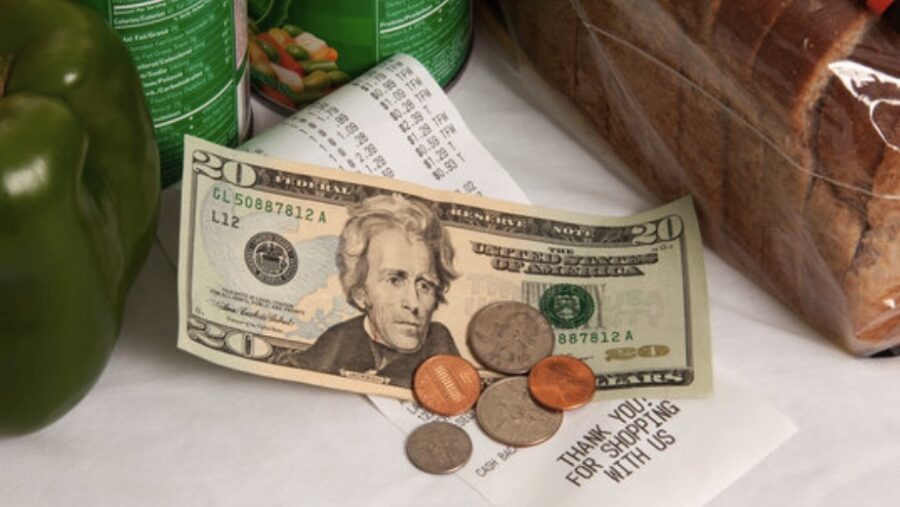While inflation is slowing it has yet to reverse and, combined with cuts to SNAP benefits put in place during the COVID-19 pandemic, lower-income shoppers are more cautious than ever when choosing a grocer. Companies that can meet their needs and offer relief have an opportunity to develop relationships that can last a lifetime.
“Obviously inflation percentages aren’t as big as they were before, but if they’re still 5% on top of 12% last year, this isn’t getting any better,” said Mark Kotcher, SVP – field sales and marketing, at Save a Lot. “Maybe it’s slowing down, but you add that together with the with the issues with EBT and shoppers absolutely have to save money.”
Naturally, private label brands and promotions will play a role in attracting these shoppers.
In fact, 84% of consumers are looking for deals all or most of the time when grocery shopping, according to data from Acosta Group. Smart grocers are looking for ways to extend the usual discounts in ways that are more attractive for the shopper and better for the bottom line.
“Have evening sales where you discount the products to help them sell out. For example, you might offer half-price rotisserie chicken after 8 p.m. until they’re gone,” said Adam Schwartz, CEO at CouponSurfer. “This ensures you cut down on throwing away extra products that will go bad.
“For store brands, put together a promotion where the shopper has to buy multiple products to get a deal. Since it’s a store brand there’s more margin available. …”
A wide range of deals appeals to a wide range of customers.
Promotions, however, aren’t everything. Higher-income shoppers will come for the deals and browse around, but budget-conscious consumers won’t necessarily build a larger basket off of a single well-priced item.
Offering a selection that has good deals across the store – rather than focusing on one or two heavily discounted products – will create a value proposition better suited to budget-strapped consumers, according to Kotcher.
“What we try to get across in our messaging is be careful, be wary of that [promotion], because you’re going to visit that store that has 90,000 SKUs and you’re going to save money on that one item,” he said.
“But you are going to overpay on just about everything else in that store relative to what you could be doing with us. We’re never going to have that perfect assortment to combat big box stores (nor do we want to), because it’s not part of our model. But one of the things that we’re trying to do is dispel the myth of promotions by keeping all our prices as low as we possibly can.”
For grocers looking to cut costs while protecting the bottom line, the aisles where prices drop matter, according to Kari Lorz, a certified financial education instructor and founder at Money for the Mamas.
Taking a small hit on popular items like fresh foods can be a fantastic way to build loyalty, and some of the cost can be made up by less important products.
“Cut costs on staples like ground beef, chicken breast, sliced bread, canned tuna fish — the things that families need most (consequently, they remember the prices on these goods, too),” Lorz added.
“And, if you need to make up margin in other category items, they probably won’t be as picky. So you can raise prices a few pennies across categories like health & beauty items, condiments, frozen goods, etc.”












